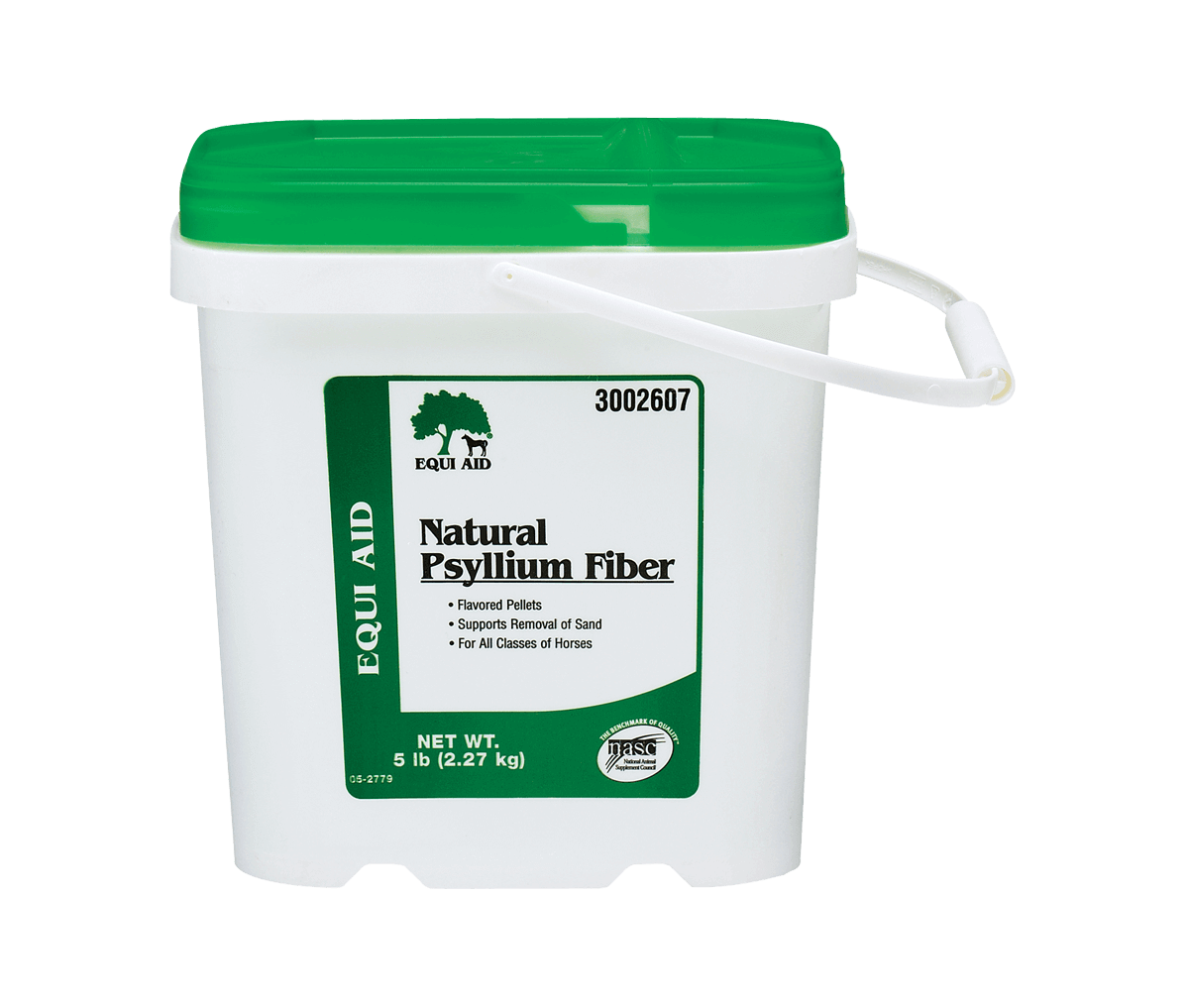Small Strongyles: What You Need to Know to Protect Your Horse

As a conscientious horse owner, you know that deworming is an important management tool for overall horse health. But are you aware of which parasites pose the most risk for your particular horse? Do you know when you should deworm, or which products you should use?
Questions and confusion about deworming aren't unusual. That's why Farnam has decided to feature a series of articles about internal equine parasites, starting with one of the most common, small strongyles. Information is power, so read on to learn more about how you can protect your horse.
Before the introduction of modern anthelmintic (deworming) drugs, gastrointestinal parasites caused many cases of colic with fatal outcomes. Then in the 1960s, researchers discovered deworming drugs that were highly effective in treating these parasites.
Large strongyles (strongylus vulgaris) are an equine intestinal parasite capable of causing significant damage, and much of the early deworming protocol was based on controlling them. Thanks to the widespread use of deworming drugs over the last few decades, large strongyle infections have become much more rare.
Today, small strongyles (cyathostomes) are the more problematic parasites, but fortunately are much less damaging than the large strongyles.
How Horses Get Infected
Grass gets contaminated with larvae developed from eggs passed in the manure of horses that are infected with parasites. Small strongyle larvae are swallowed as your horse eats contaminated grass. This may be in a pasture or in a grassy area around the barn or stable. (Horses kept in stalls or dry lots will have less parasite exposure, but can still be at risk of infection.)
When your horse swallows the tiny small strongyle larvae, those larvae burrow into the wall of the large intestine where they're surrounded a thick-walled cyst. Larvae are quite adaptive and can go on to develop as adult worms or remain in this protected encysted stage from two to three months all the way up to three years.
Unlike large stronglyes which migrate through the horse's body and internal organs, small strongyles only develop in the wall of the intestine, waiting for the environment to become right to emerge and mature.
When this happens, encysted larvae emerge from the intestinal wall and migrate to the large colon where they continue developing. Once mature, the adults lay eggs, which are passed in the horse's manure and the cycle continues as these eggs develop into infective larvae in the grass to be picked up by the same horse or other horses.
Farnam has decided to feature a series of articles about internal equine parasites, starting with one of the most common, small strongyles.
All deworming drugs used to be very effective at killing adult small strongyles, but over the years the worms have been selected to become increasingly drug-resistant. Thus, it is important to test your dewormers to make sure they are working as expected. (This is where fecal testing comes in.) In contrast, most dewormers will not kill the encysted stage larvae, so these can remain safe in the lining of the intestine despite the horse receiving regular deworming.
When a large number of adult small strongyles are killed off by deworming, the encysted small strongyles often emerge in significant numbers to replace the adults. If this happens, that's when the horse can show symptoms, such as colic or diarrhea.
There are three chemical classes of deworming drugs available for treating horses:
1) avermectin/milbemycins (Ivermectin and moxidectin), also referred to as macrocyclic lactones;
2) pyrimidines (pyrantel pamoate and pyrantel tartrate), also referred to as pyrantel salts;
and
3) benzimidazoles (fenbendazole and oxibendazole);
Different classes of deworming drugs target different parasites, and different stages of parasites. For example, not all dewormers are effective against small strongyles at all stages, including the encysted form. Before you use a product, read the label carefully to be sure that particular dewormer is the correct drug against the parasite(s) you want to control.
ile it may seem like the most normal thing in the world to have horses grazing on pasture, precaution should be taken in spring when they transition from a predominantly hay diet to one that includes lush grass. Even healthy horses can experience digestive disturbances if they overeat when grass is at peak growth.
Deworming raises a number of questions, but fortunately you have a knowledgeable ally: your veterinarian. He or she is the expert with whom you should discuss any and all concerns about deworming. Together, you can create an effective deworming plan for your individual horse, based on his age, exposure to parasites, the season and the climate.
Because parasites can develop resistance to deworming drugs if a product is used repeatedly or too often, your goal is to ensure adequate parasite control without over-treatment.
Fecal testing is an inexpensive way to find out if your deworming plan is working; it can also let you know whether your horse carries a heavy or light parasite egg count. This is valuable information, as it reveals how often the horse needs treatment with a deworming product. Your veterinarian can explain how to collect fecal samples, when testing should be done, and then review the results with you.
Life with Horses Newsletter
Sign up now to stay connected with free helpful horse care tips, product updates, and special offers.

.png?h=370&iar=0&w=436&hash=C80B8E14D8EAD15D310E069BB48EDDEE)
